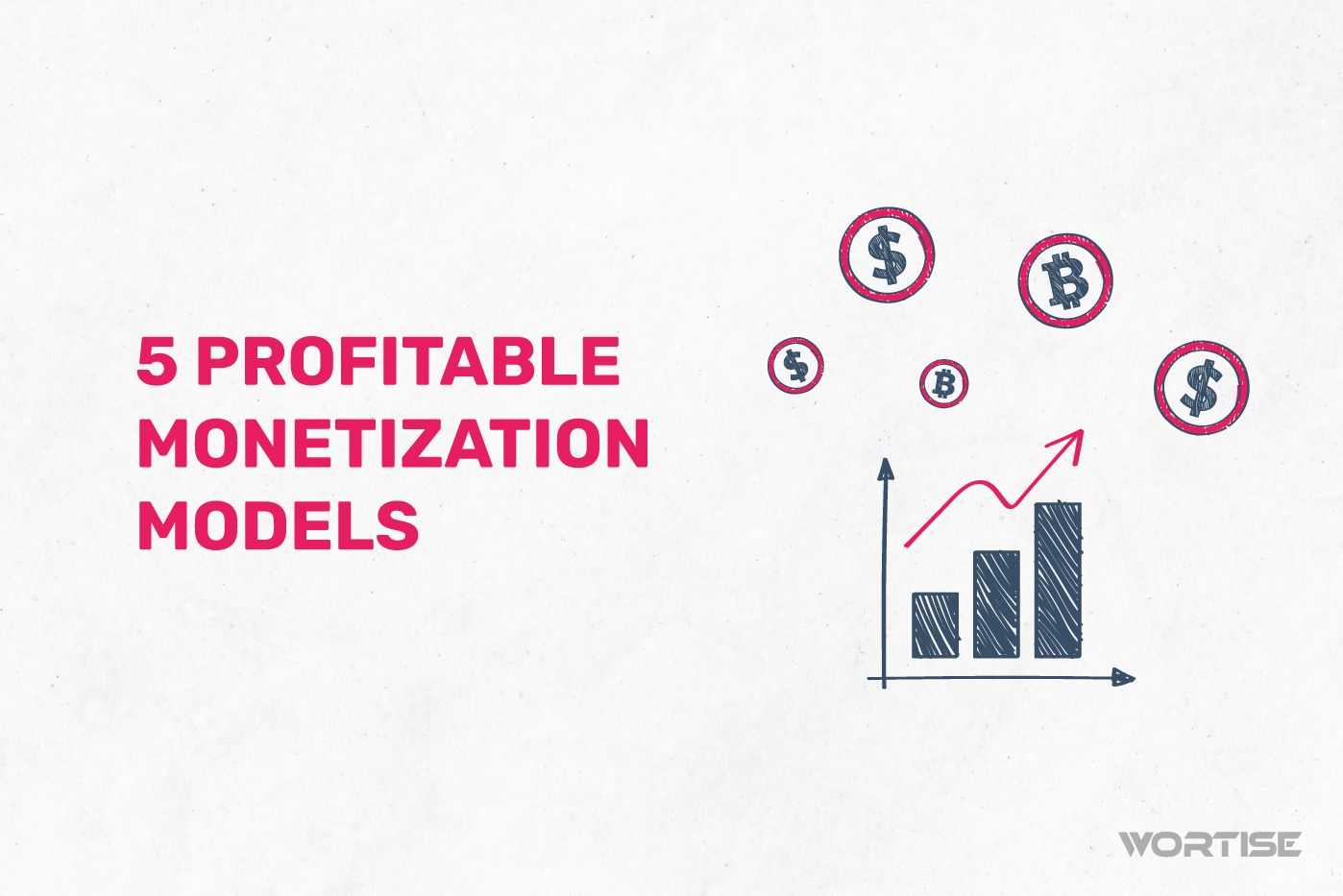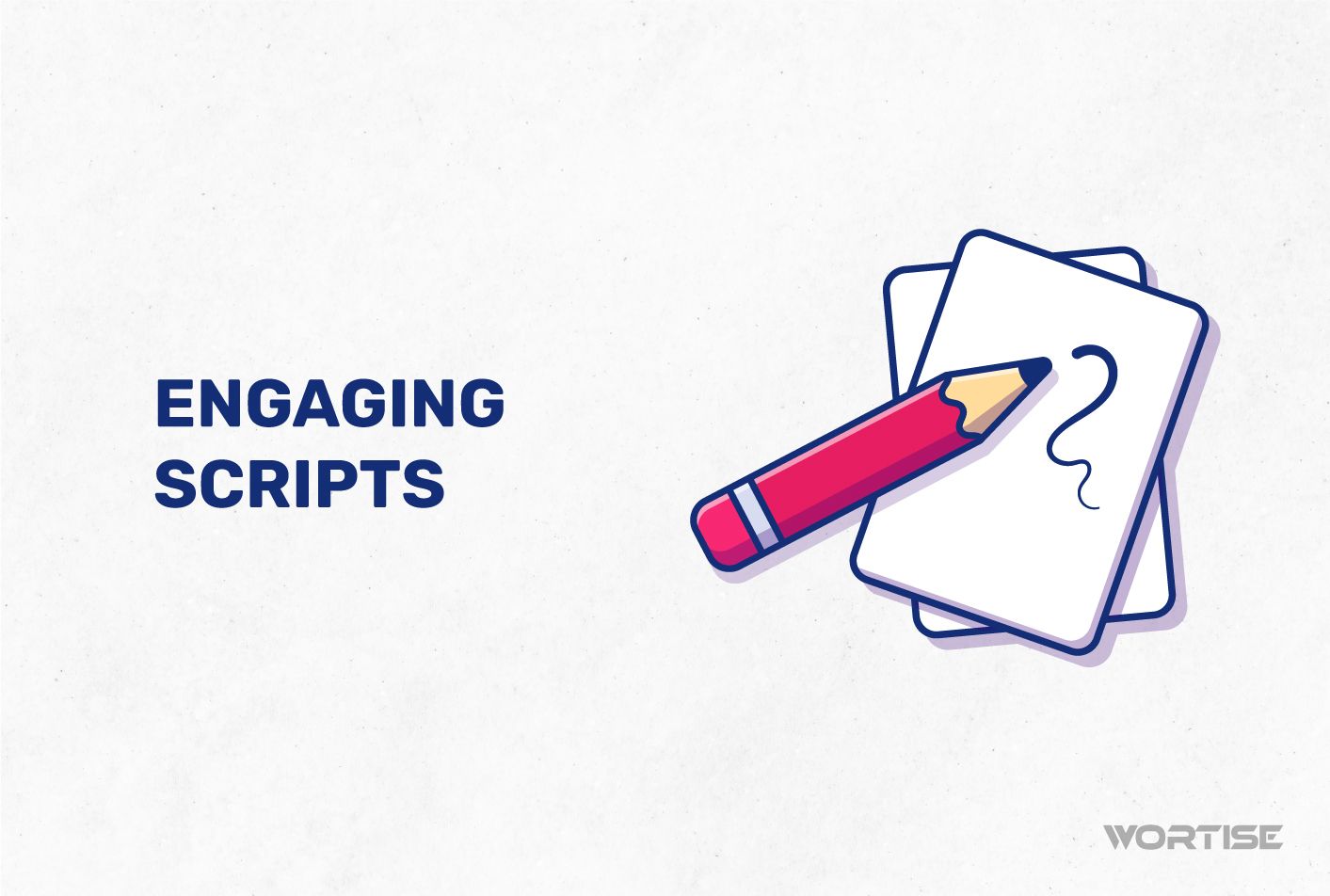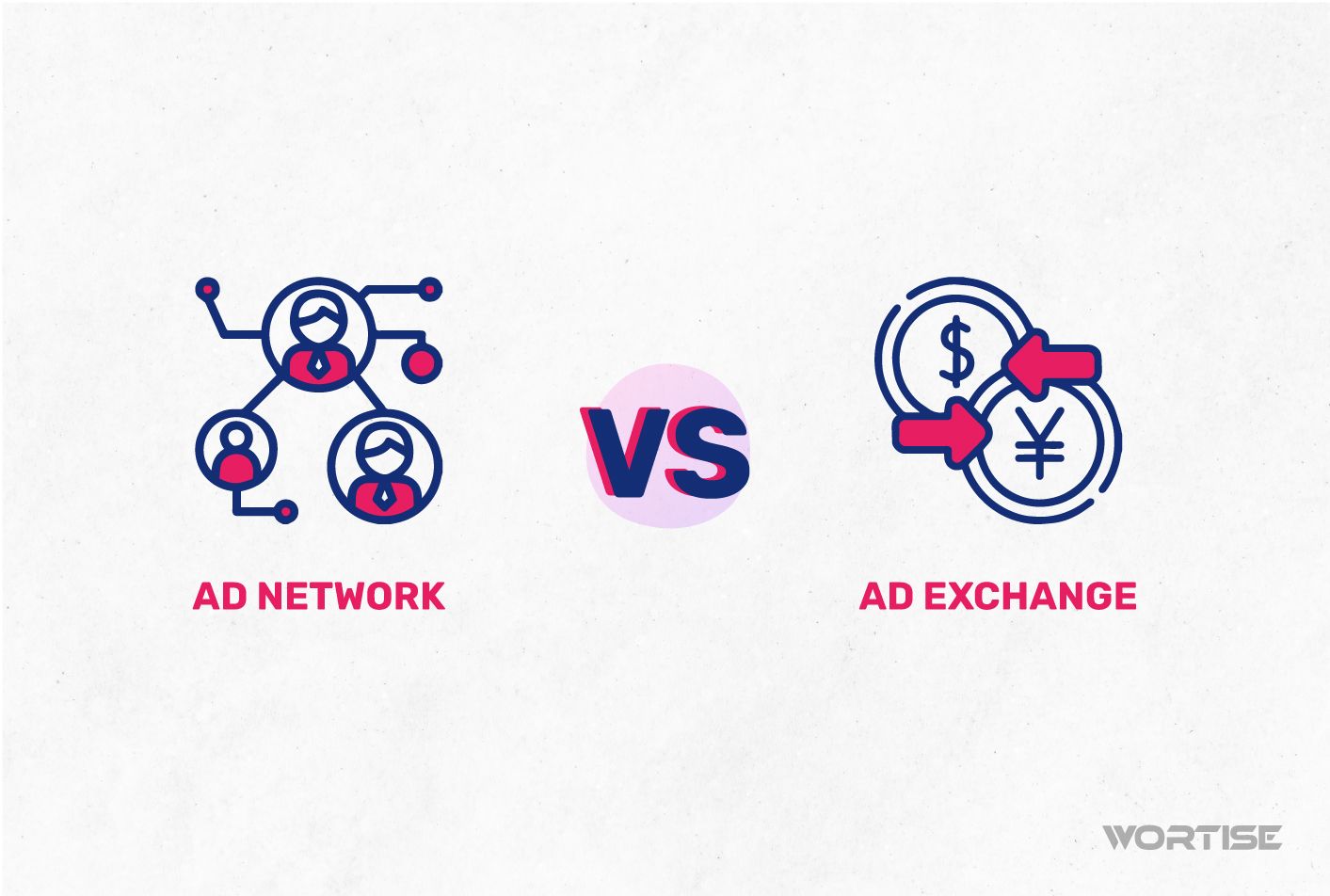We all return to those apps that deliver what we truly expect. You know it, my friend, as a publisher: it’s the best way to build loyalty and grow your community. And we also understand that adjusting the features, interface, and user experience (UX) for your audience is not a matter of chance; it’s a matter of analysis. For that, you can use these 4 parameters of app user segmentation in your app.
With these criteria, you will have an accurate overview of your users: who they are, where they are, what their interests are, and what they are looking for in your application. When you know them, it is much easier to design plans and strategies to provide them with the best experience and, at the same time, show them ads that truly attract them. Monetizing will be much simpler.
App user segmentation: an unmissable strategy in mobile apps and programmatic advertising
User segmentation in-app is one of the pillars of the digital ecosystem. No initiative in that environment can work if it is not clear who it is targeting and how it can connect with them. How does it achieve that? Thanks to its fundamental premise: identifying and classifying an audience based on their age, behavior, geolocation, buying habits, preferred payment methods, and other relevant data.
Thanks to that information, it is much easier to optimize your application and achieve better profits through monetization. It is easier to know what works and what doesn’t, how you can gain more users, how to build loyalty among those who are already part of your community, and which type of advertiser you can connect with.
In-app user segmentation also responds to one of the main trends in digital marketing: personalized experiences. According to a study by Twilio Segment, 69% of the companies surveyed for that research increased their investment in personalization strategies.
But what keeps them so interested in that practice? The same report provides answers: at least 56% of the consumers surveyed are willing to make a repeat purchase after experiencing a personalized experience with a brand. We know it: we want to return to where we are treated as if they have known us forever.
A Practice that is Renewed
Audience segmentation is not something new in the marketing world. It is a common practice for designing any strategy in that field. Big brands built their reputation with advertisements in traditional media, chosen according to the target they were addressing. However, the limitations of those platforms do not allow for the level of personalization that we achieve in the digital world.
By obtaining data such as the type of devices used by users of your application, the region they are in, the services they are willing to pay for, among other characteristics, you can personalize functions and offer special promotions. This also extends to programmatic advertising. When you serve the right ad to the right person, you can increase Click-Through Rate (CTR), the Effective Cost per Thousand Impressions (eCPM), and the Conversion Rate. As a result, your revenues will be higher.
Why Should I Apply In-App User Segmentation?
It is the best way to stay in tune with the main trends in the world of mobile apps and programmatic advertising. But, especially, it will help you stay focused on those who interest you.
Do you know how many apps there are in the world? Over five million. How can you succeed amid so much competition? Undoubtedly, with strategies that allow you to reach those who can take advantage of the benefits of your development. The best way is to provide them with an experience that makes them feel comfortable and unique.
The personalization of experiences – guaranteed with proper segmentation – is practically becoming the new language between brands and audiences. According to a report by McKinsey & Company, 76% of consumers feel frustrated when they do not enjoy an experience tailored to them. If you want to accelerate your path to profits, you know what you need to do.
Clear Objectives for Proper Connection
With in-app user segmentation, you can optimize communication with specific groups within your community, improve sales and customer service processes, design more effective marketing strategies to promote your application, offer special services, and connect with advertisers aligned with each segment you define.
To these objectives, we must add another: measuring the results of your plans. By knowing, grouping, and characterizing your community, you can establish clear parameters to evaluate the performance of campaigns. You will be able to make changes, strengthen strategies, and incorporate new actions to boost your development.
Publishers and advertisers win simultaneously with app user segmentation
User segmentation in your app promotes the growth of your development. By guaranteeing functions tailored to the needs of each user, the possibilities of expanding your community increase. Furthermore, it will be much easier to optimize your application according to the most used devices to access it, as well as the most employed features.
In terms of monetization, the advantages are even greater. By segmenting your audience, it is easier to connect with advertisers aligned with specific groups of your users. They will consider it more advantageous to advertise on your application because the investment is generally more controlled than in a universal campaign. Both parties will achieve their objectives with the least possible margin of error.
If your application is aimed at online shopping, you can take advantage of user profiles to offer ads based on their consumption habits and interests. Based on their purchases, you can serve them creatives about similar products. They are much more likely to interact with these ads as they are relevant to their interests.
Platforms like Amazon employ this strategy, which is useful for increasing CTR, eCPM, and user retention time in the application. Advertisers will also benefit as their ads will have greater visibility.
These are the 4 parameters to segment your audience and generate long-term value
Now that you know its advantages, you may be wondering how in-app user segmentation works. According to advertisers’ experience and the knowledge of app marketing experts, there are parameters that guarantee the success of this practice.
Habits, geographical location, age, and duration of time in your application are key data to group and characterize your users. Based on this information, you can design more effective action plans for your profits, increase your relevance in the world of applications, and enhance your reputation.
#1 Define the objectives of your application
Segmenting without having a clear idea of what you want to achieve is pointless. It’s like categorizing products in a store without knowing what they are for. The result can only be chaos and a waste of your efforts. In the world of programmatic advertising, we cannot afford that.
Evaluate what you want to achieve with your app: Do you want to build loyalty among your community members? Increase your reputation? Recover users? Reach a specific group? By having a clear picture, you will know who you want to reach.
#2 Collect the available data from your user community
Mobile applications are a universe of useful and interesting information. With suitable programs and tools, you will discover who visits frequently, which functions are most used, peak traffic times, and other data reported during interactions with your development.
You can obtain this information from your own application; it is known as first-party data. As it is collected from direct interaction with your audience, it is more reliable, secure, and useful for any segmentation process.
There are also other ways to get to know your users through data shared between brands, known as second-party data. For example, when a restaurant shares information about its customers with the developers of a delivery app, they are providing second-party information.
There is another way to learn about your community: third-party data. This data is provided by data providers who work with different sources of information. They are useful if you want to have a broader view of potential clients or the general behavior of the sector in which you operate.
Regardless of the type of source you use, you can create an initial profile of your community based on the data obtained. This is just the beginning of the work.
#3 Analyze and establish the most suitable segmentation criteria for you
Data alone will be of no use if you do not establish how to organize it. At this point, evaluate which in-app user segmentation criteria are most suitable for your purposes. There are multiple possibilities, but the choice depends on your objectives and the status of your application.
- Segmentation by demographics
When you organize your users by age, profession, gender, geographical location, and average income, you are applying demographic segmentation of in-app users. With this data, you can have an initial understanding of their interests and possibilities.
With this information, you can determine if it is viable to apply the freemium model in your community, target ad placements based on age groups, and develop special promotions for specific groups, for example.
This type of segmentation benefits brands that offer services in physical spaces. Banks, for example, can inform their customers via mobile applications about the branches closest to their place of residence.
- Behavioral segmentation
How and when do users use your application? What are the most used features? Are they willing to pay for exclusive services? How much time do they spend in your application? When you answer these and similar questions, you are applying behavioral segmentation.
With this criterion, you can facilitate the use of your application, remove features that do not deliver the expected results, and incorporate new options. It is ideal if your goal is to optimize the performance of your development and increase user retention rates.
In terms of programmatic advertising, it offers an additional advantage: it helps you better configure your ad inventory. By knowing the performance of creatives among your app users, you know which ad formats are most convenient for you.
- Psychographic segmentation
Your users are ultimately human beings: they have interests, beliefs, desires, and goals. These elements determine their relationship with digital platforms in general. When you analyze that information and assess how to use it to promote your application, you are conducting psychographic segmentation.
This is very useful if your application is linked to productivity, entertainment, personal care, stress management, planning, and other practices related to lifestyles. You can improve the overall performance of your development and, at the same time, attract advertisers who promote services aligned with that group.
- Analytical or contextual segmentation
The habits of using social media, browsing websites, and the devices used to connect to the internet are also data that helps segment your audience. You can optimize your application based on these behavioral patterns and promote it on the platforms most frequented by your loyal and potential users.
In terms of programmatic advertising, this information will also provide key insights to design your ad inventory and optimize your monetization strategies.
- Other types of segmentation
In audience marketing, there are other forms of in-app user segmentation: by intent, similar audiences, purchase intent, customer lists, among others. These criteria are used by ad platforms like Google Ads.
#4 From data to action: design personalized plans and campaigns
You have clear objectives, essential information about your audience, and segmentation that aligns with your goals. Now is the time to design campaigns to reach the groups you are interested in.
In the case of programmatic advertising, design plans to improve your performance as a publisher. Optimize the overall performance of your app, incorporate the most suitable ad formats for that user group, and connect with the most relevant advertisers in this context. Success will be assured!
At the same time, measure the results. Based on the same segmentation criteria, you can choose the metrics and Key Performance Indicators (KPIs) most suitable for measuring the reach of your strategies. Keep track of your actions; it is the best way to maintain the long-term value and reputation of your app.
Hit the bullseye with app user segmentation. At Wortise, we help you better connect with your community.
Hello, publisher! We know how important it is for you to reach your ideal users without fail. That’s why we work with first-party data and build hyper-segmentation strategies to reach premium audiences. Generating long-term value is vital in our work.
At Wortise, we help you increase your earnings as a publisher with our advanced ad network platform, featuring over 100 Ad Networks.
We provide personalized support, the highest eCPM in the market, and guidance on tactics to maximize your earnings.




